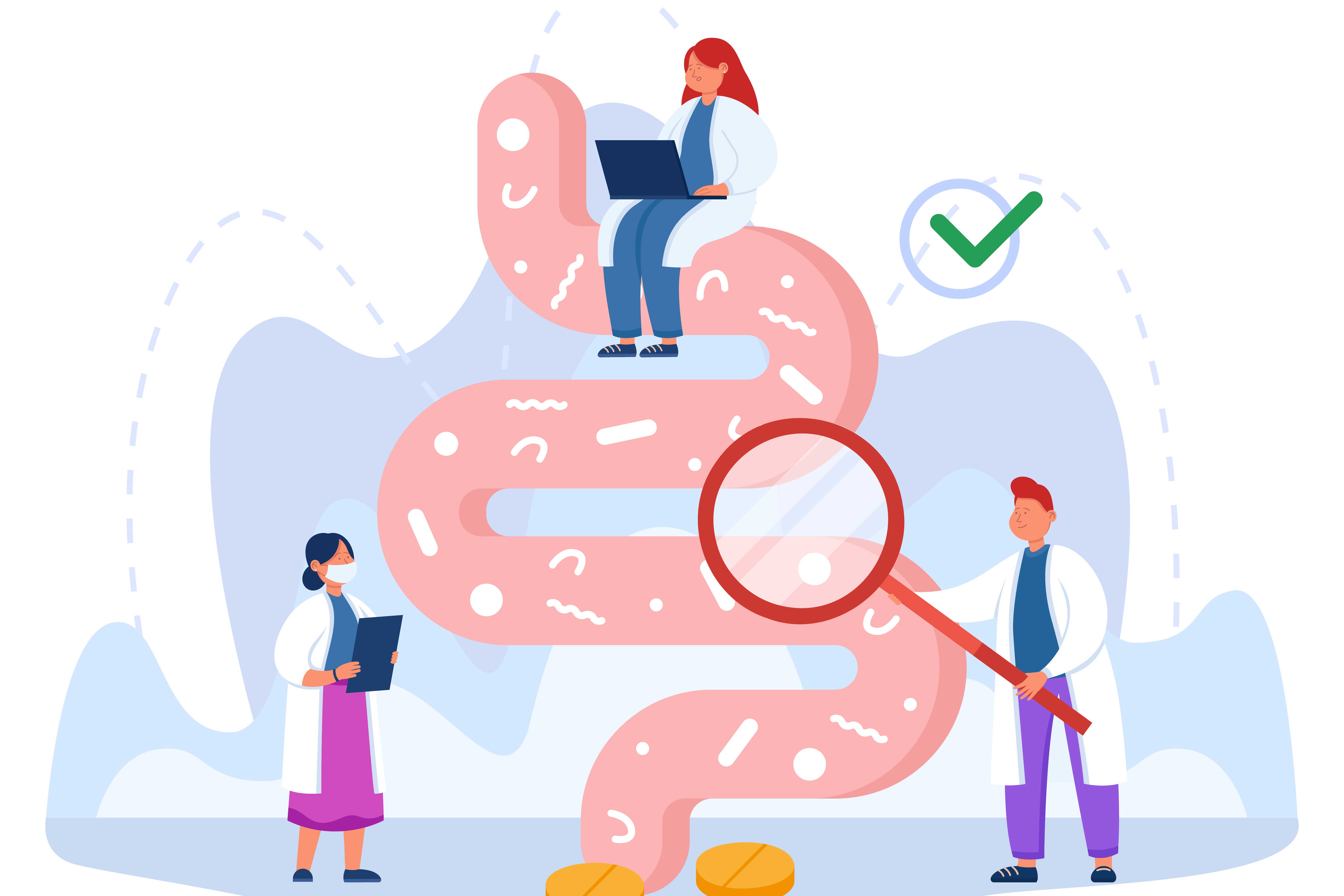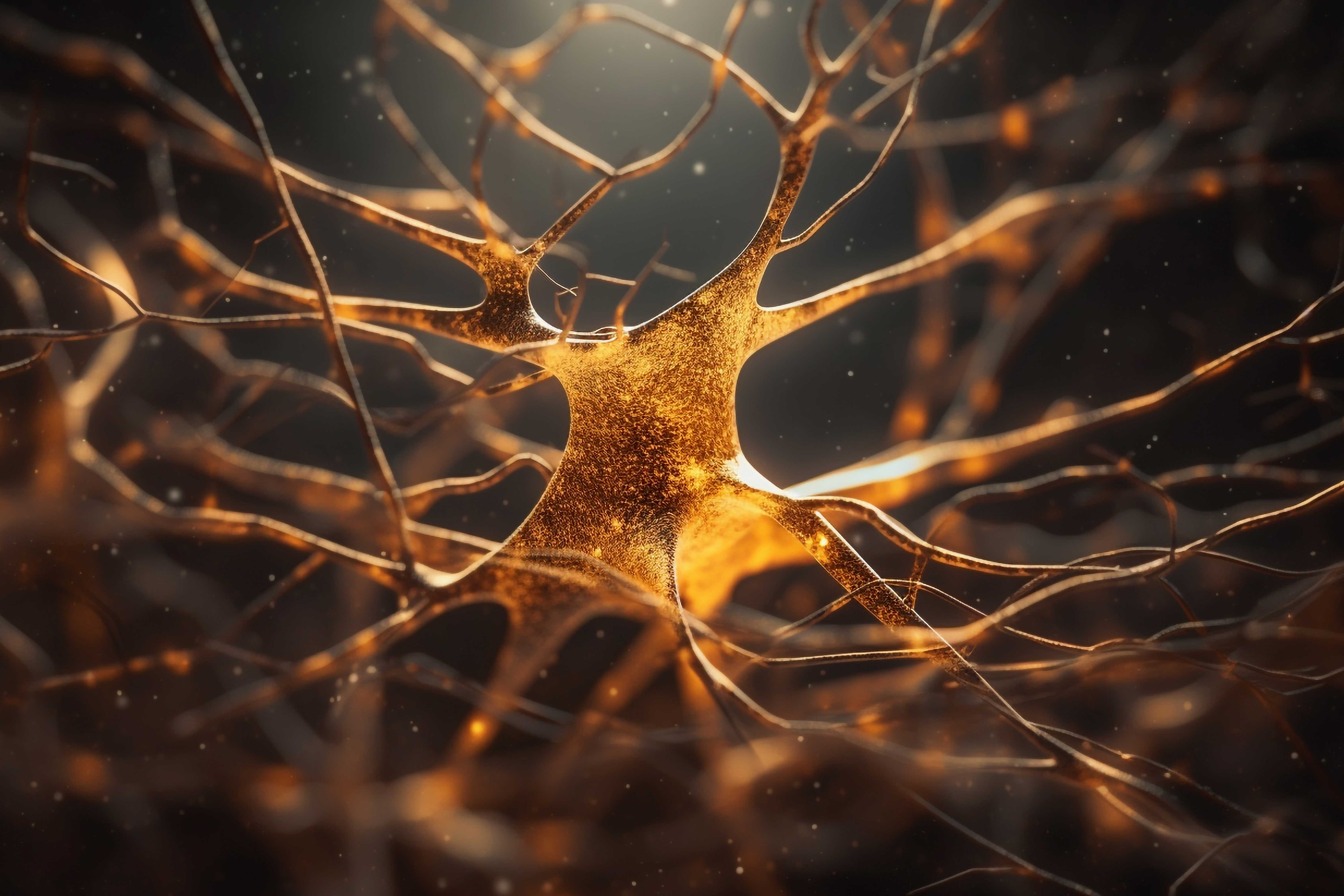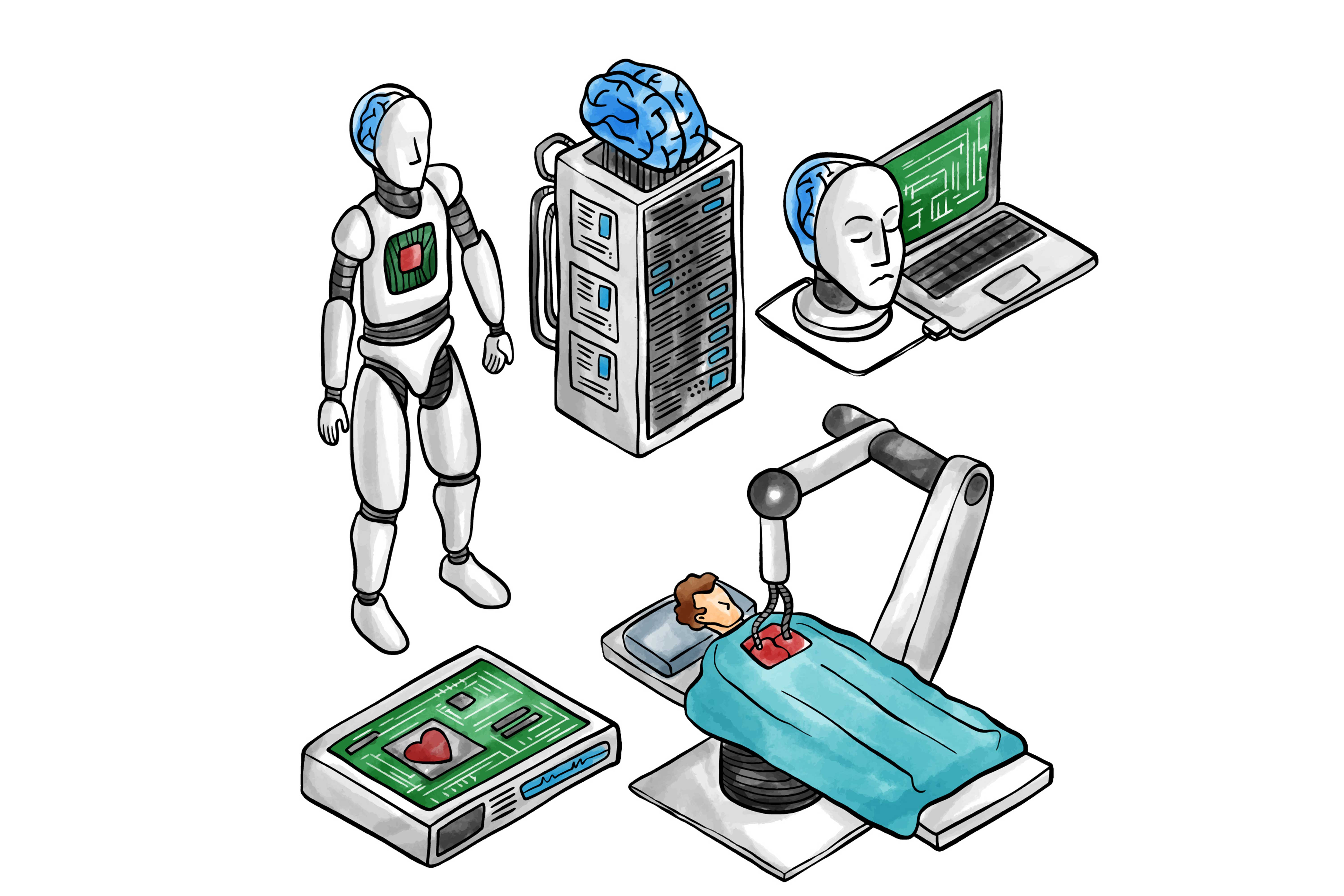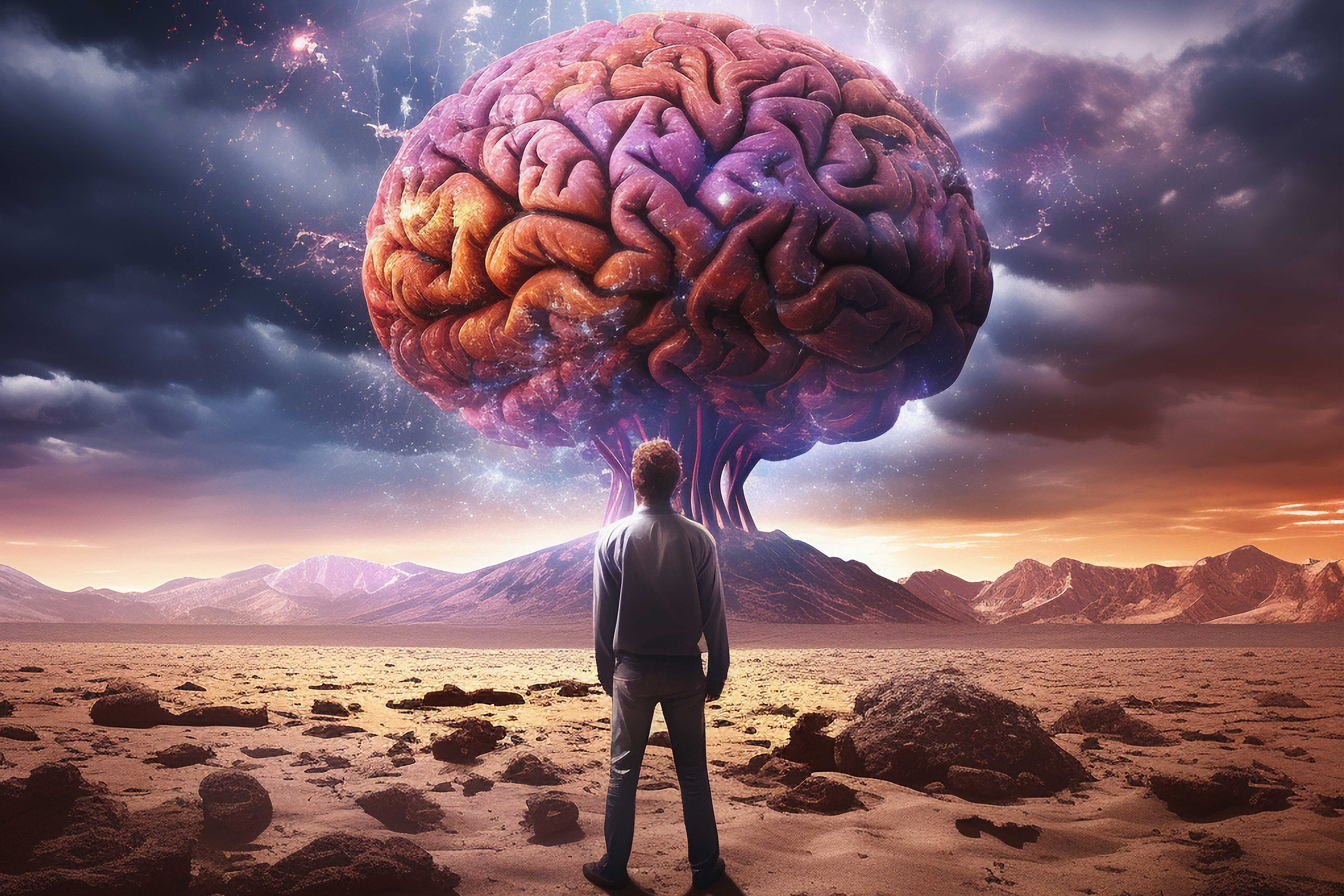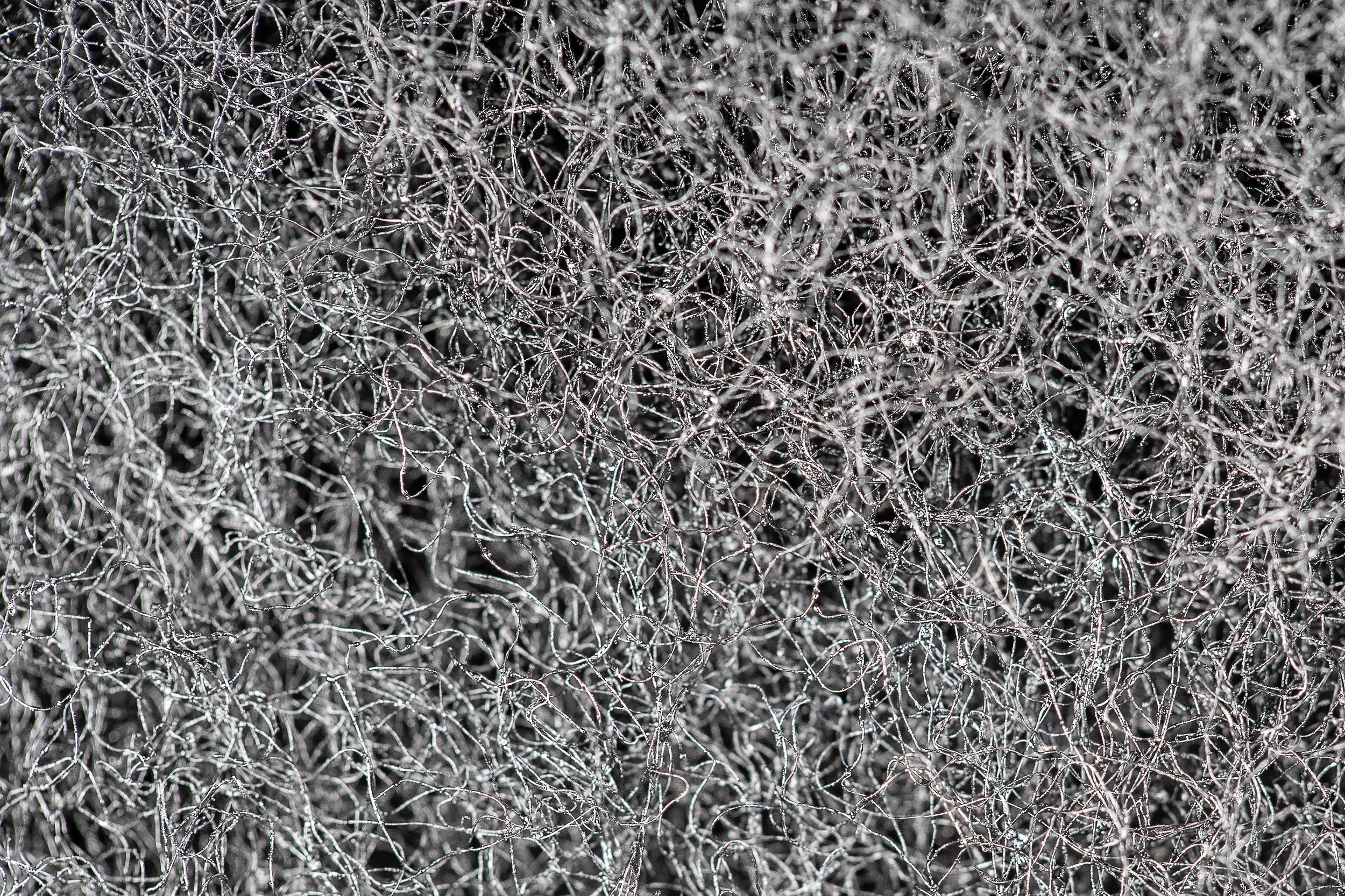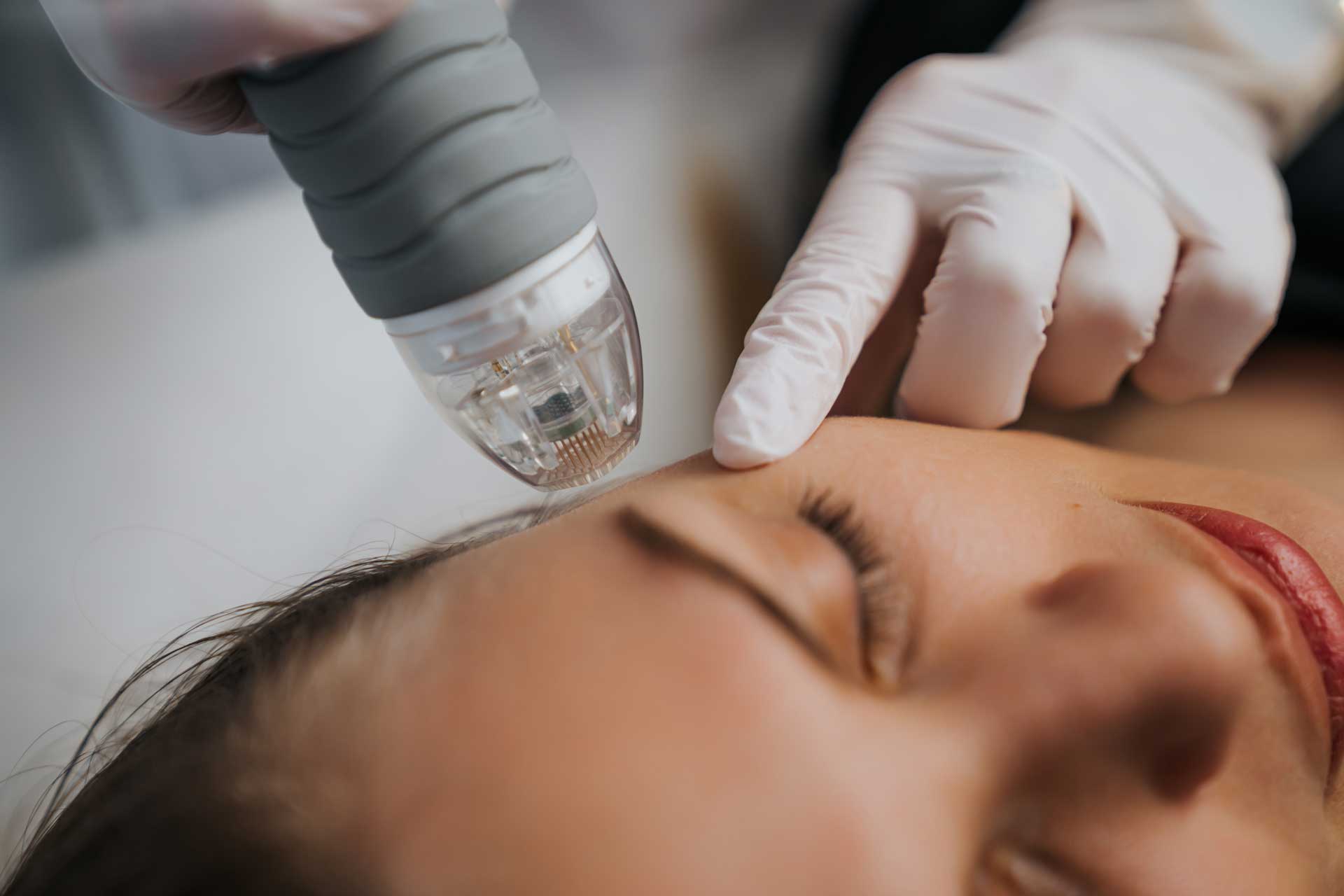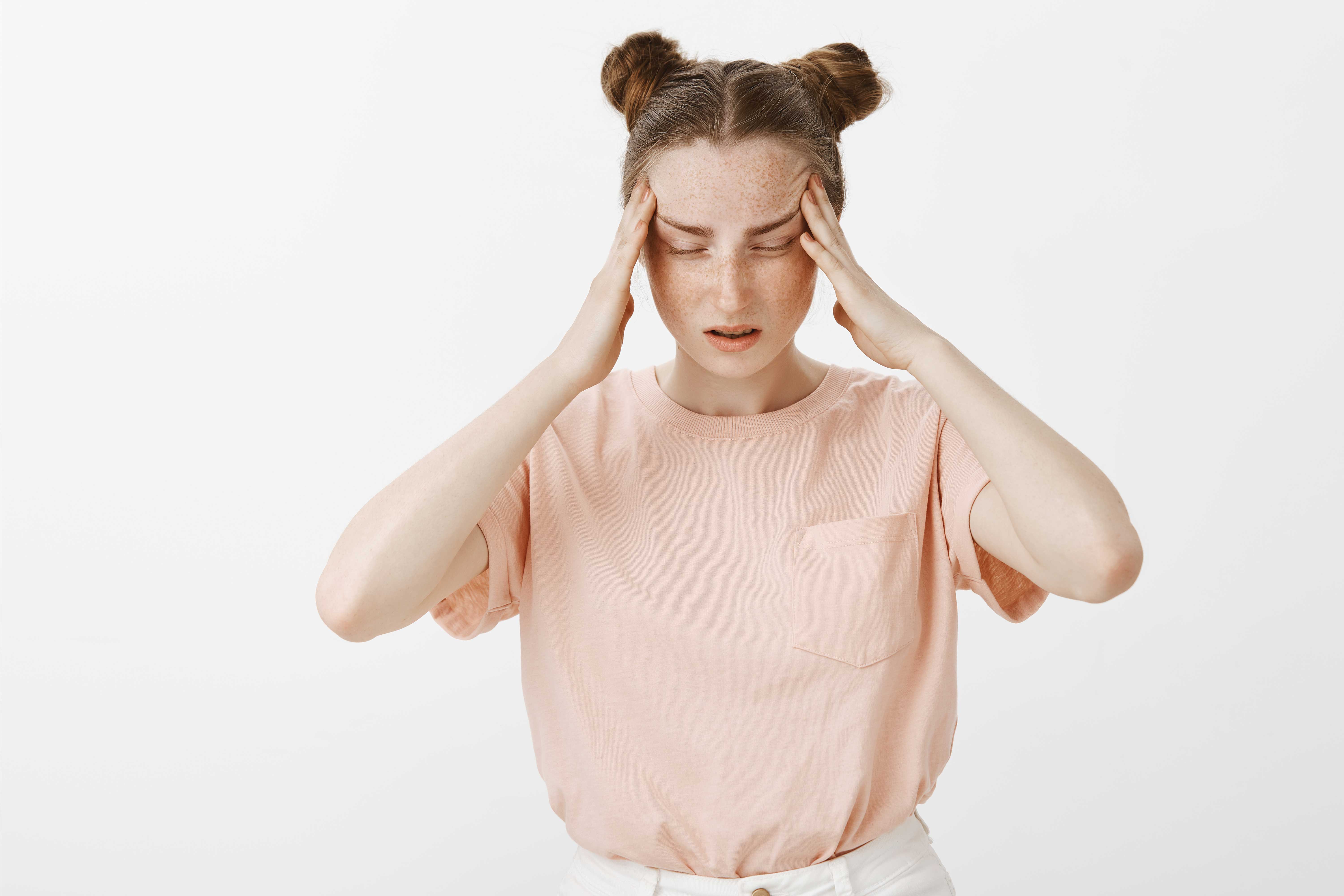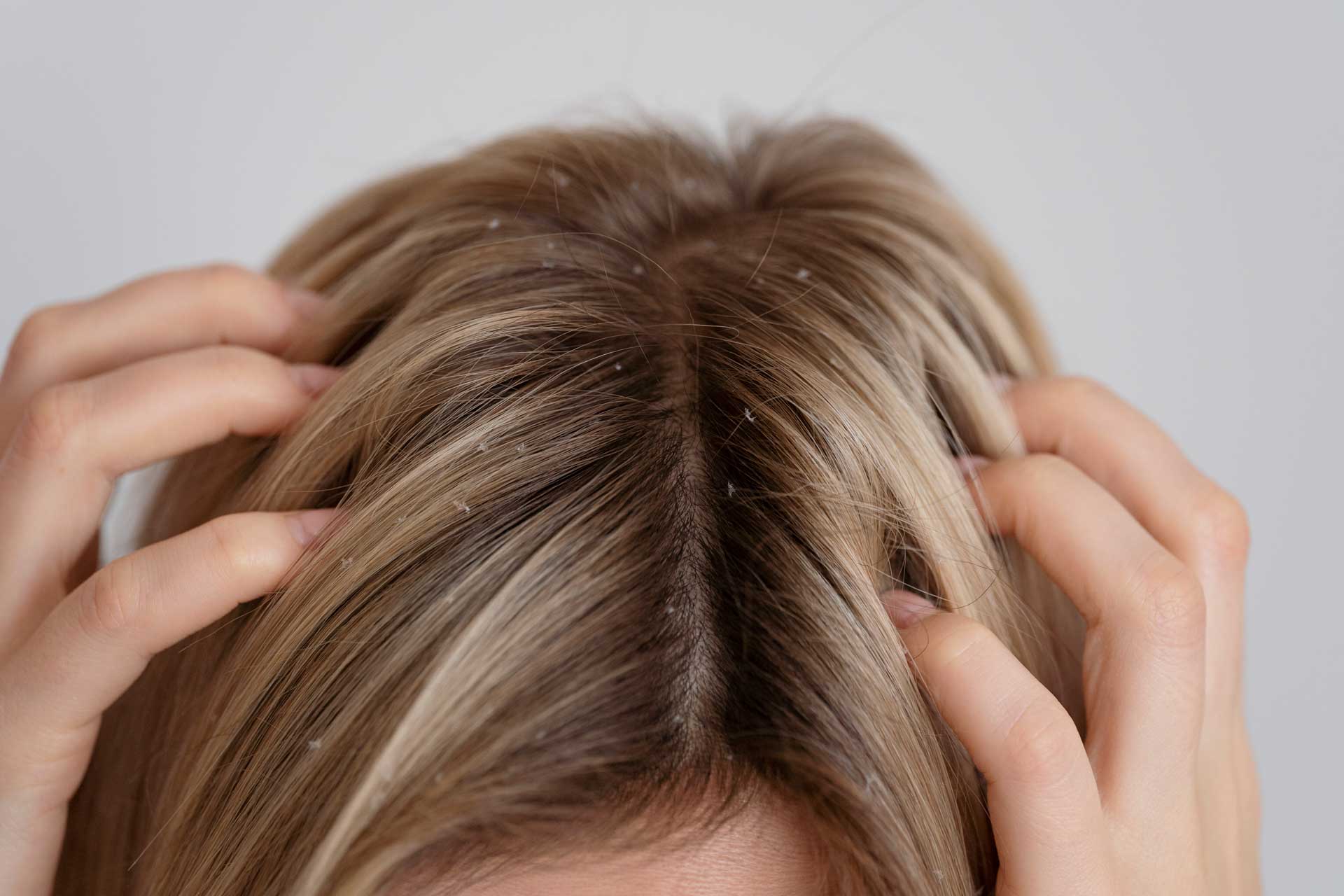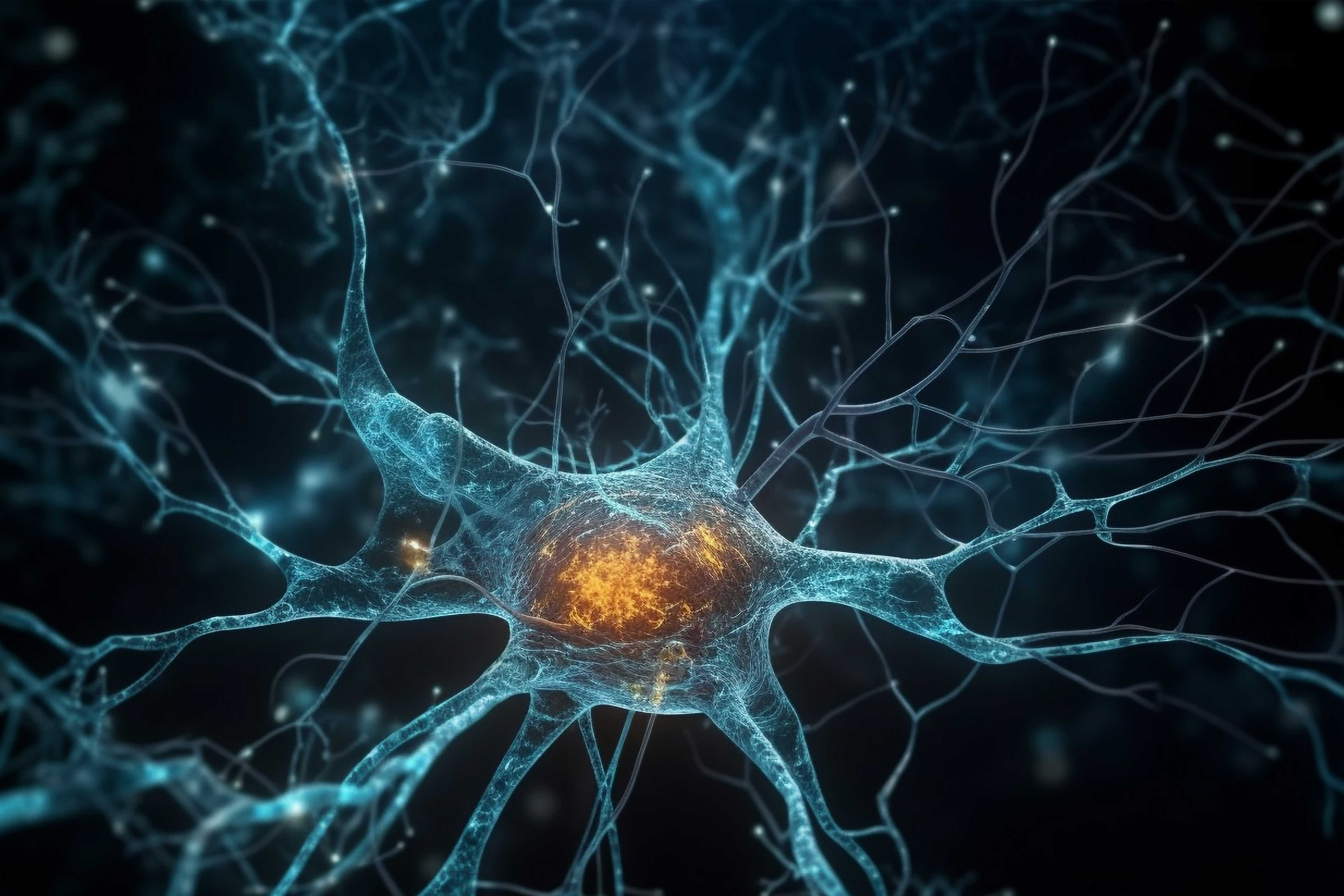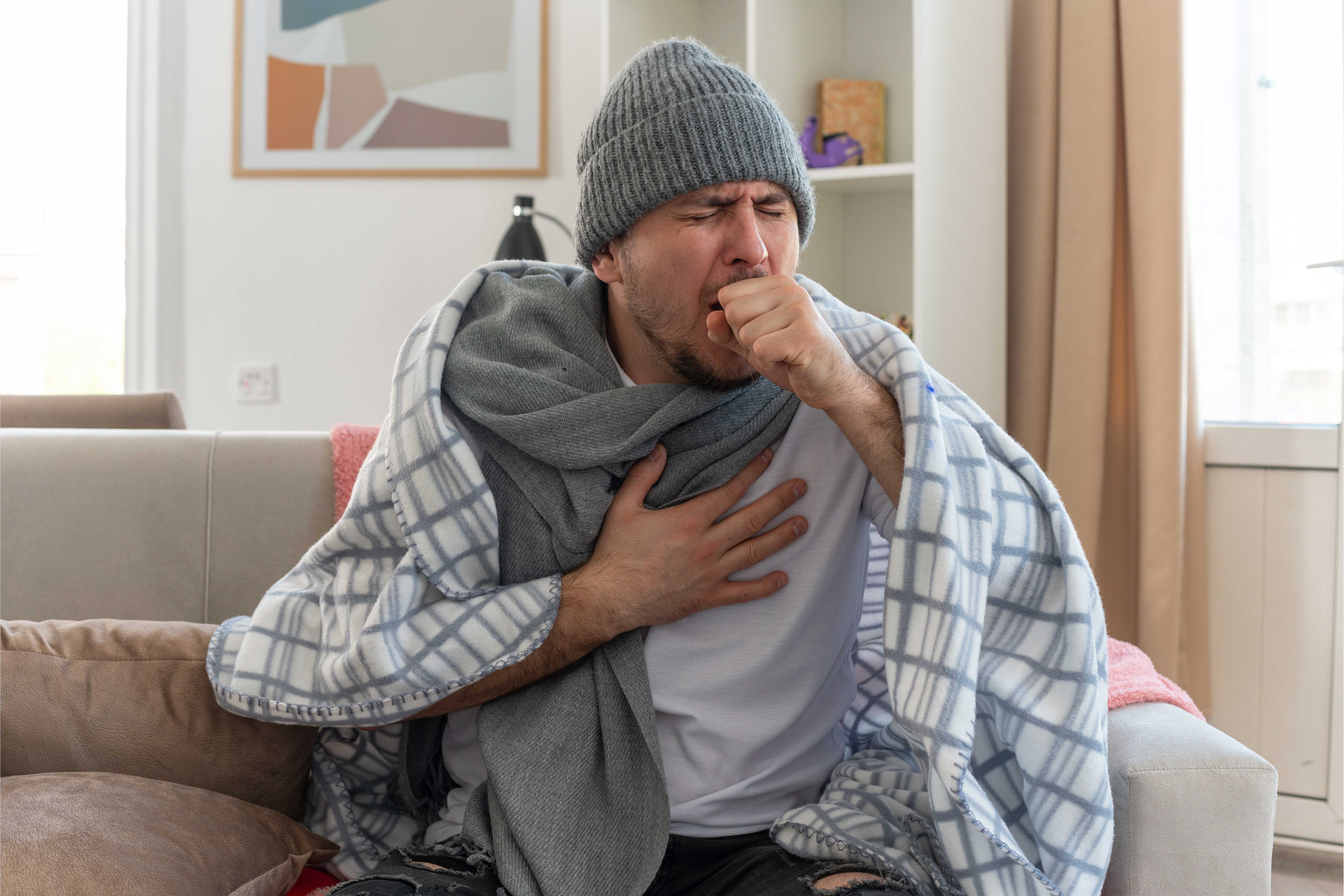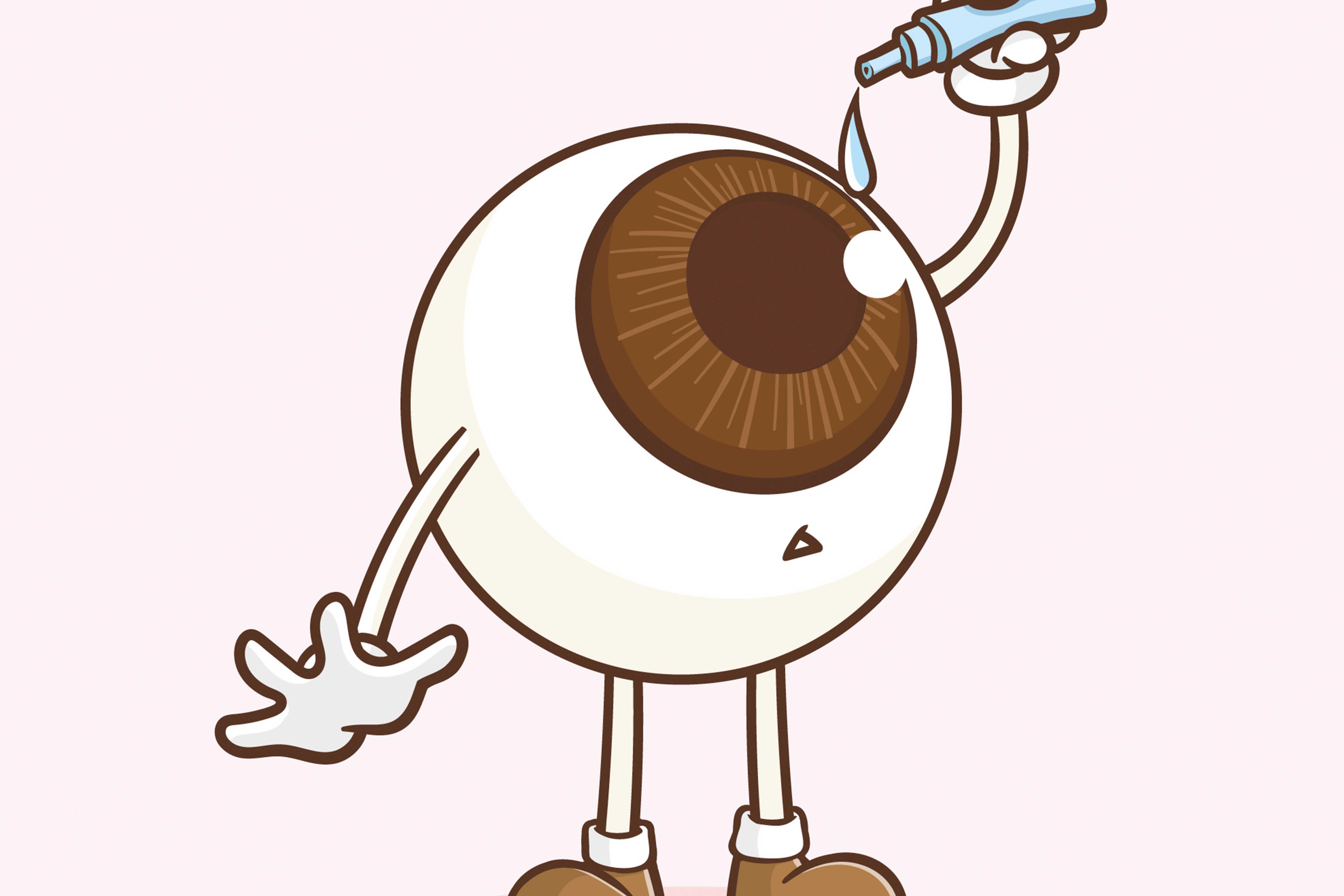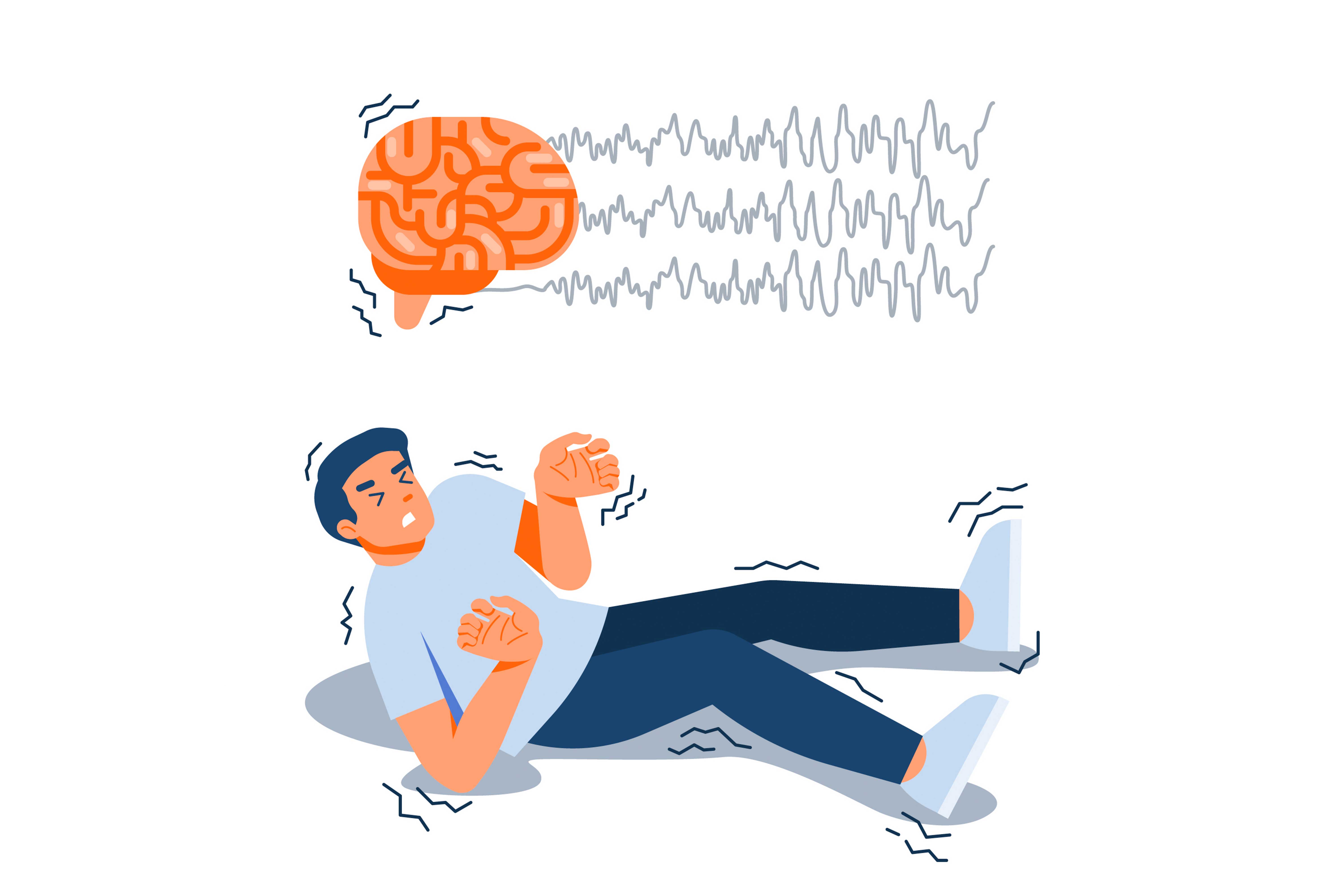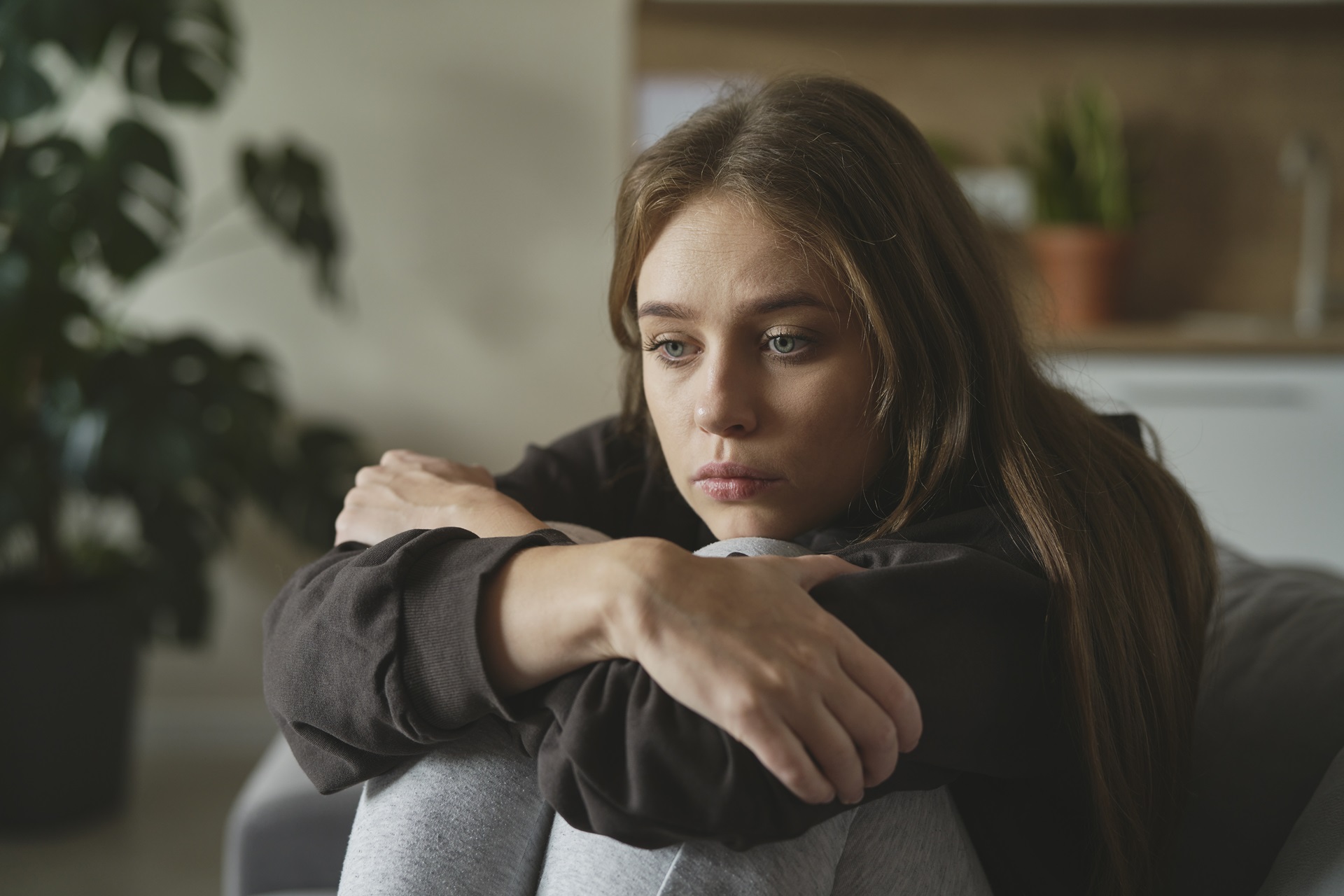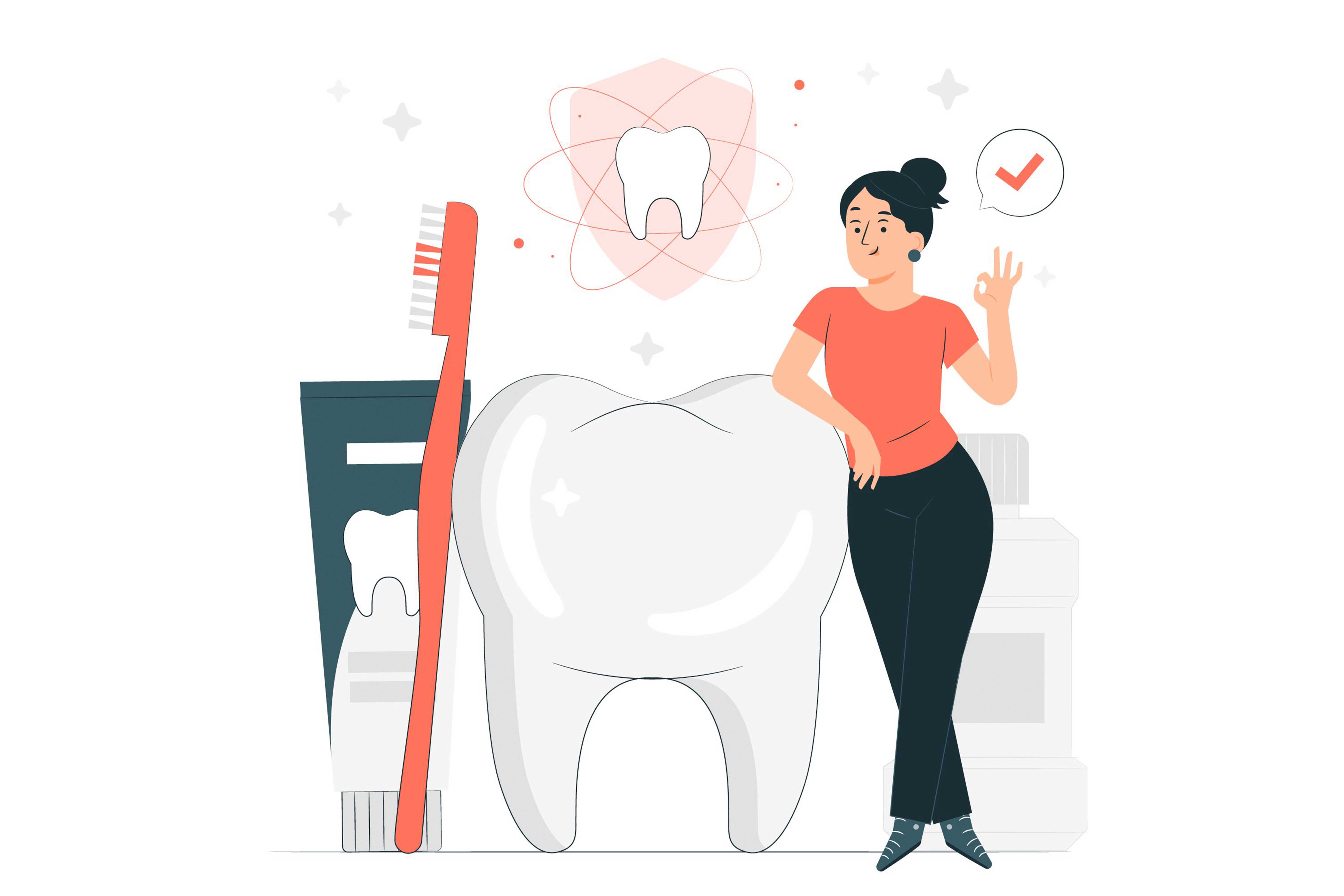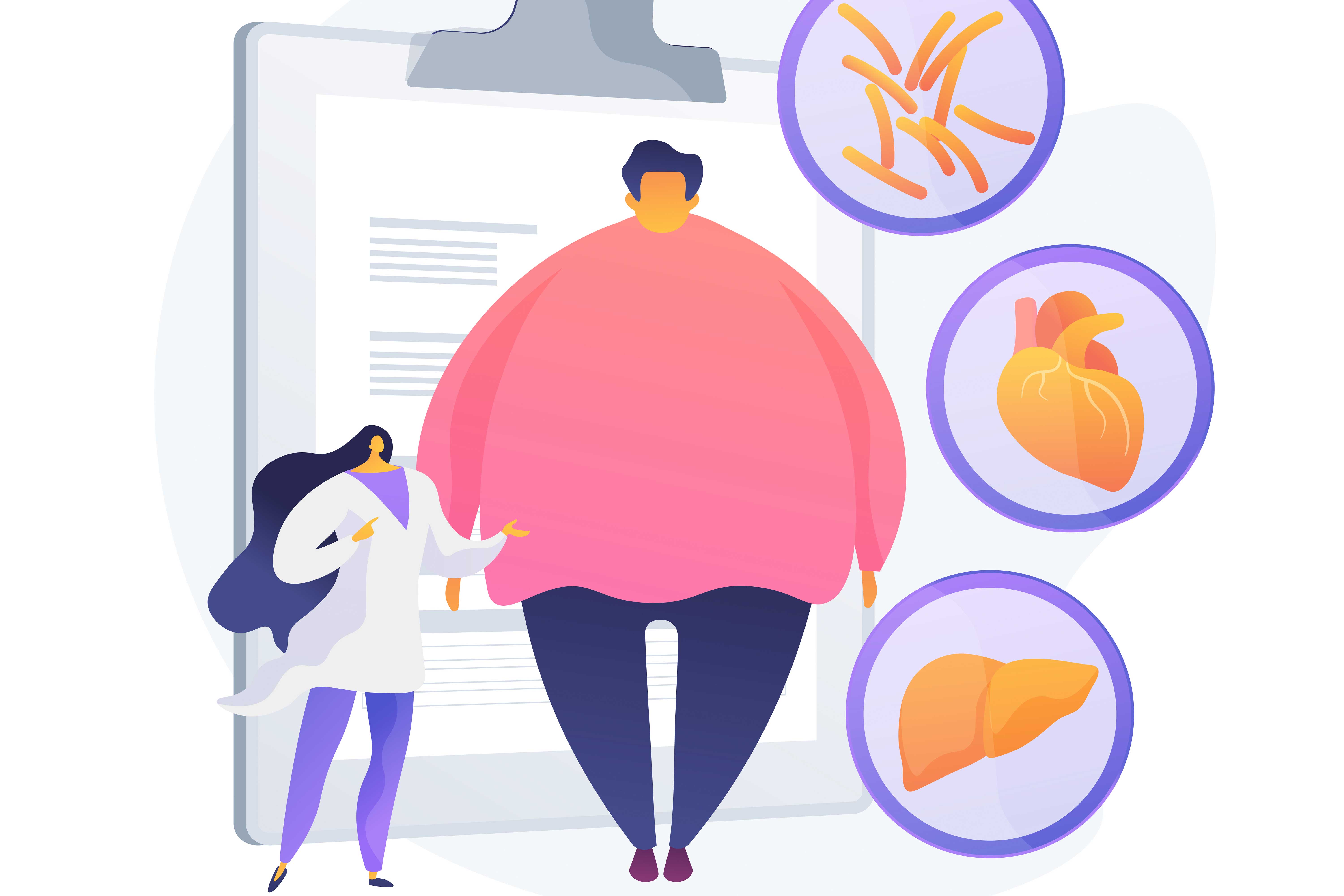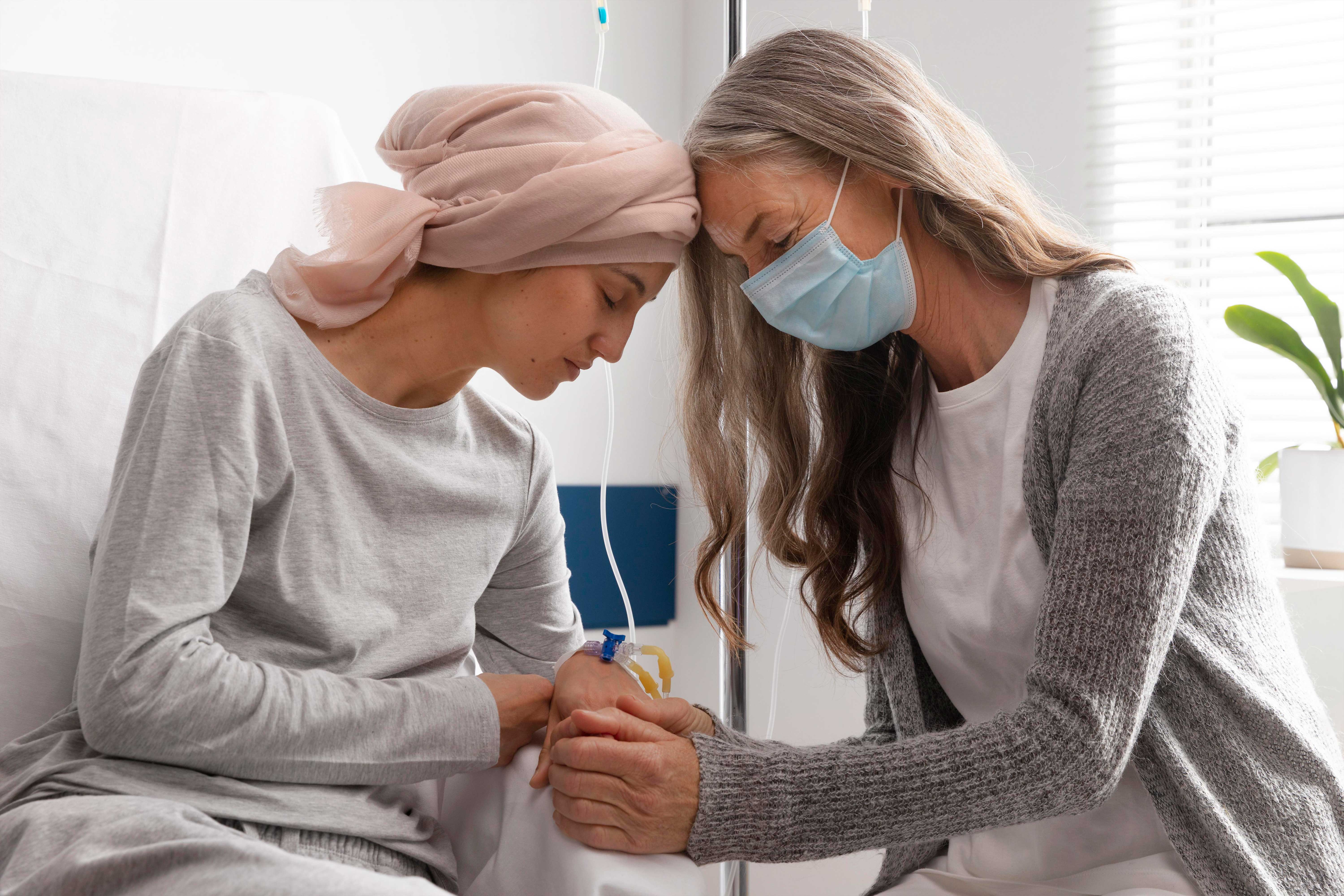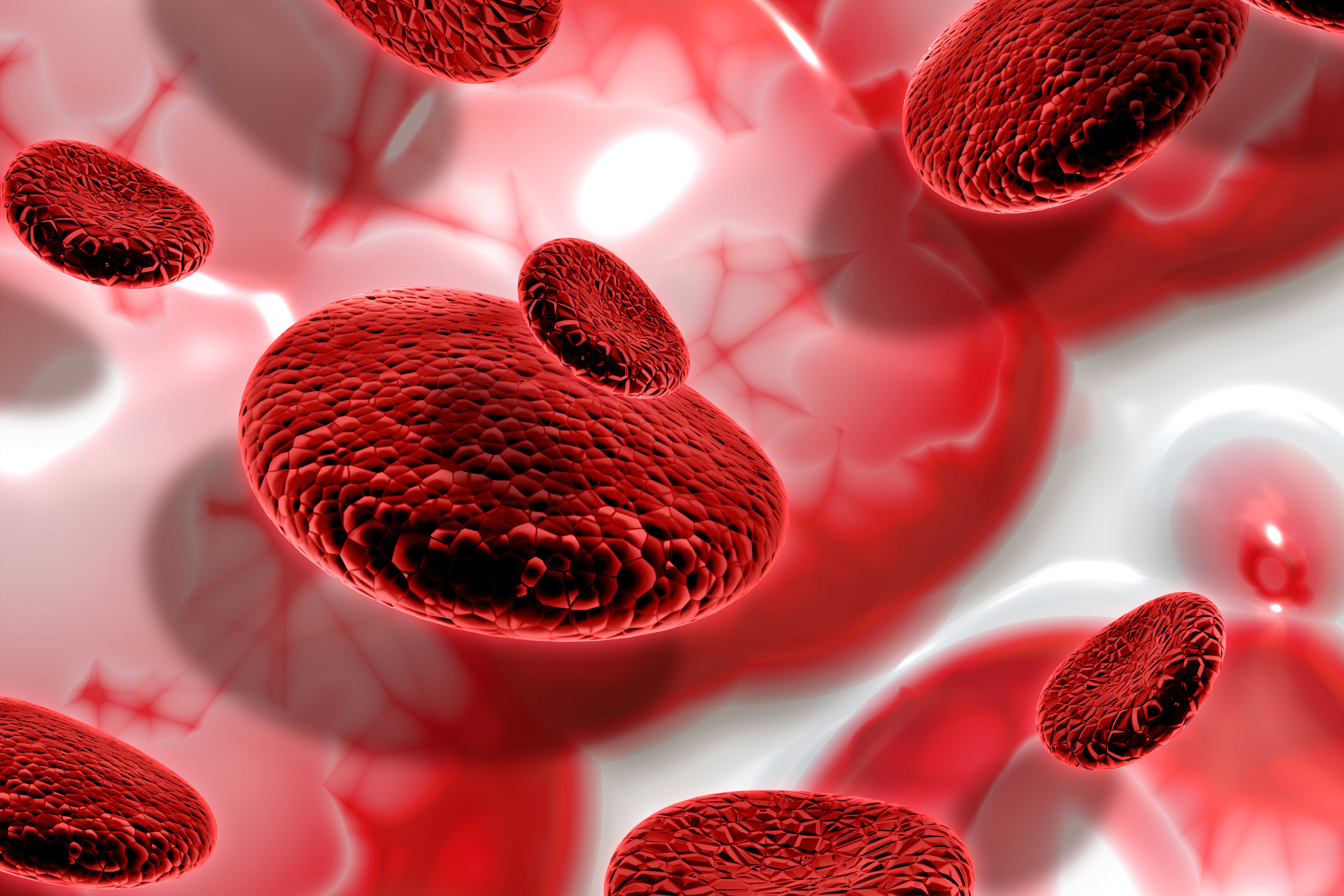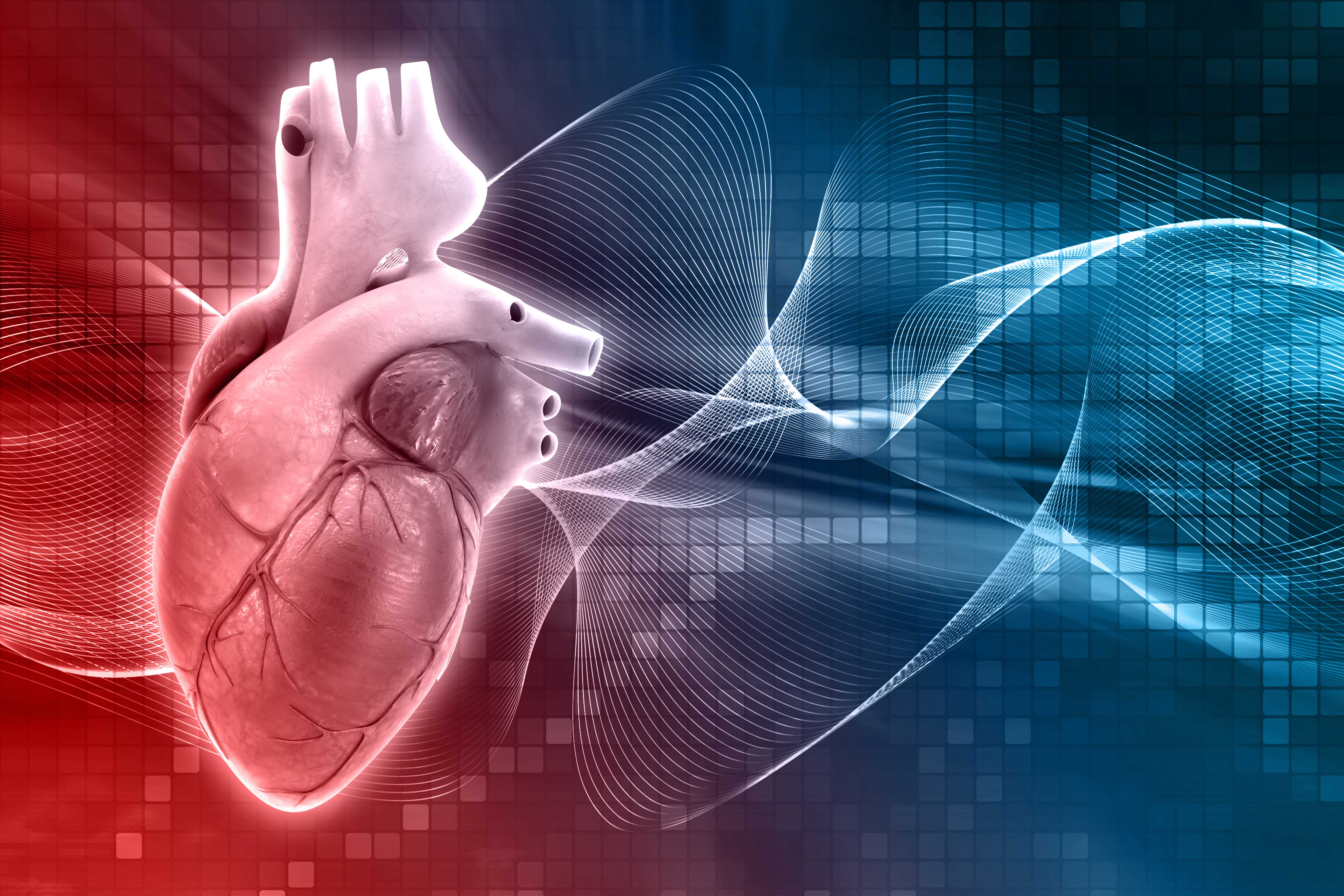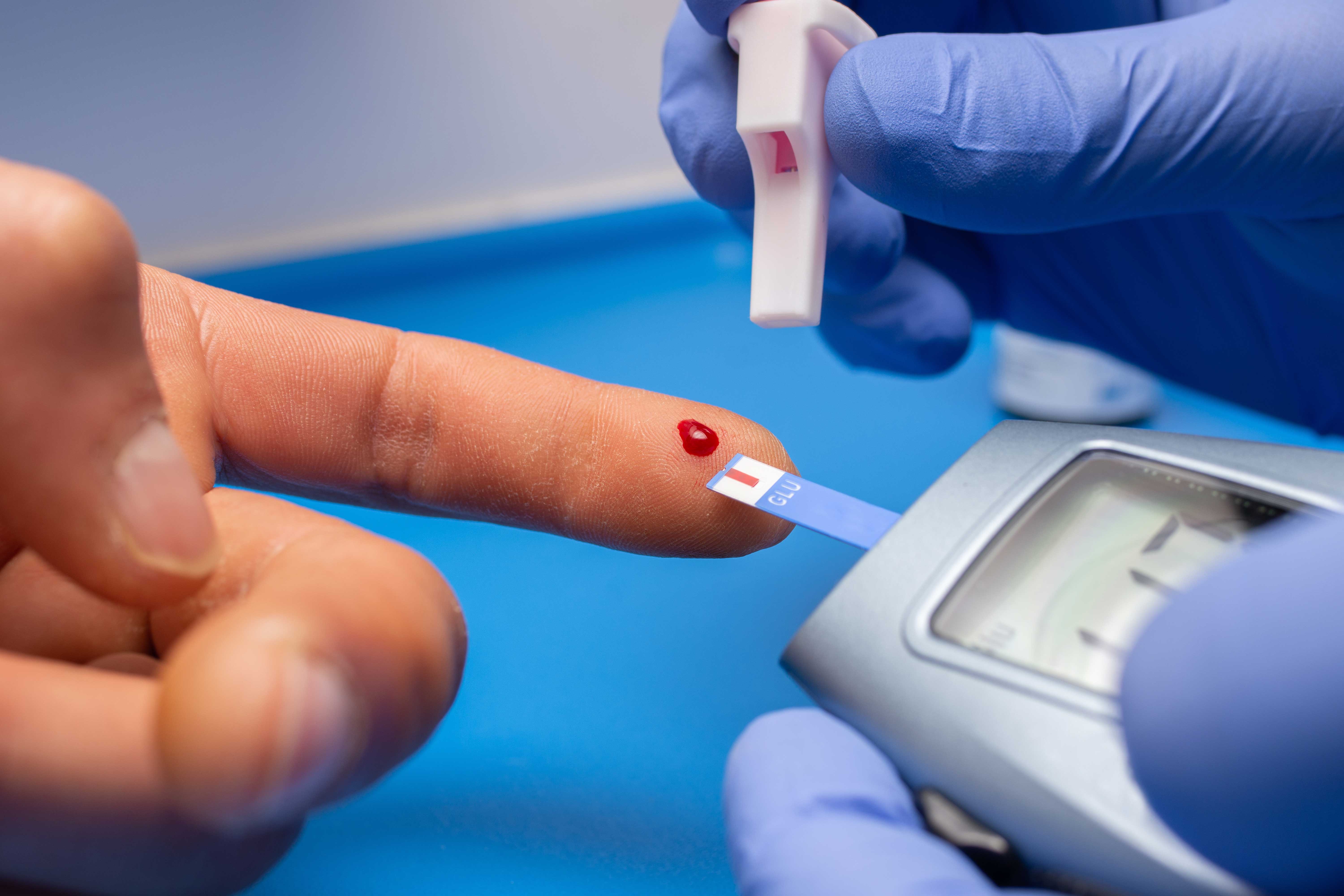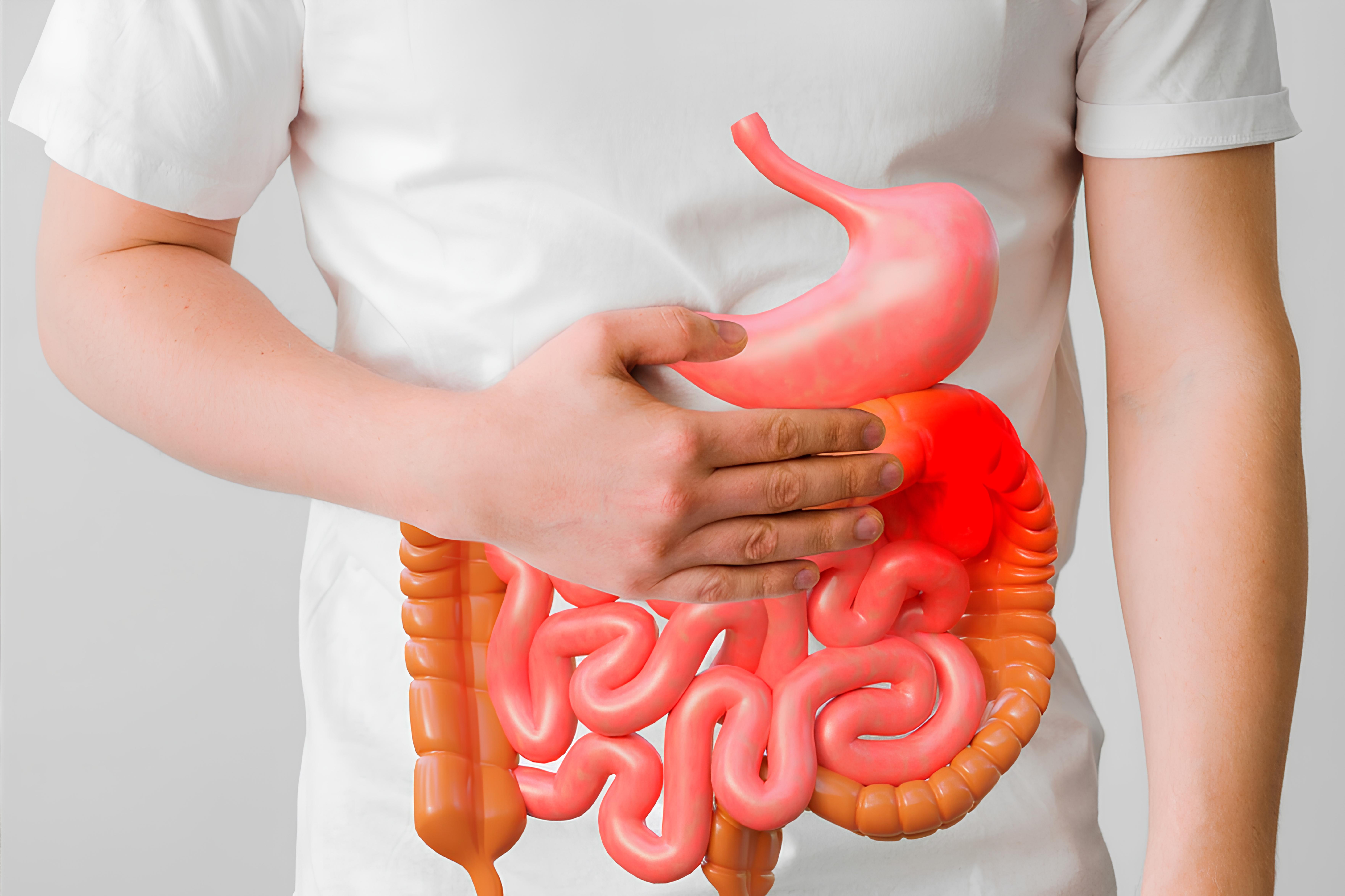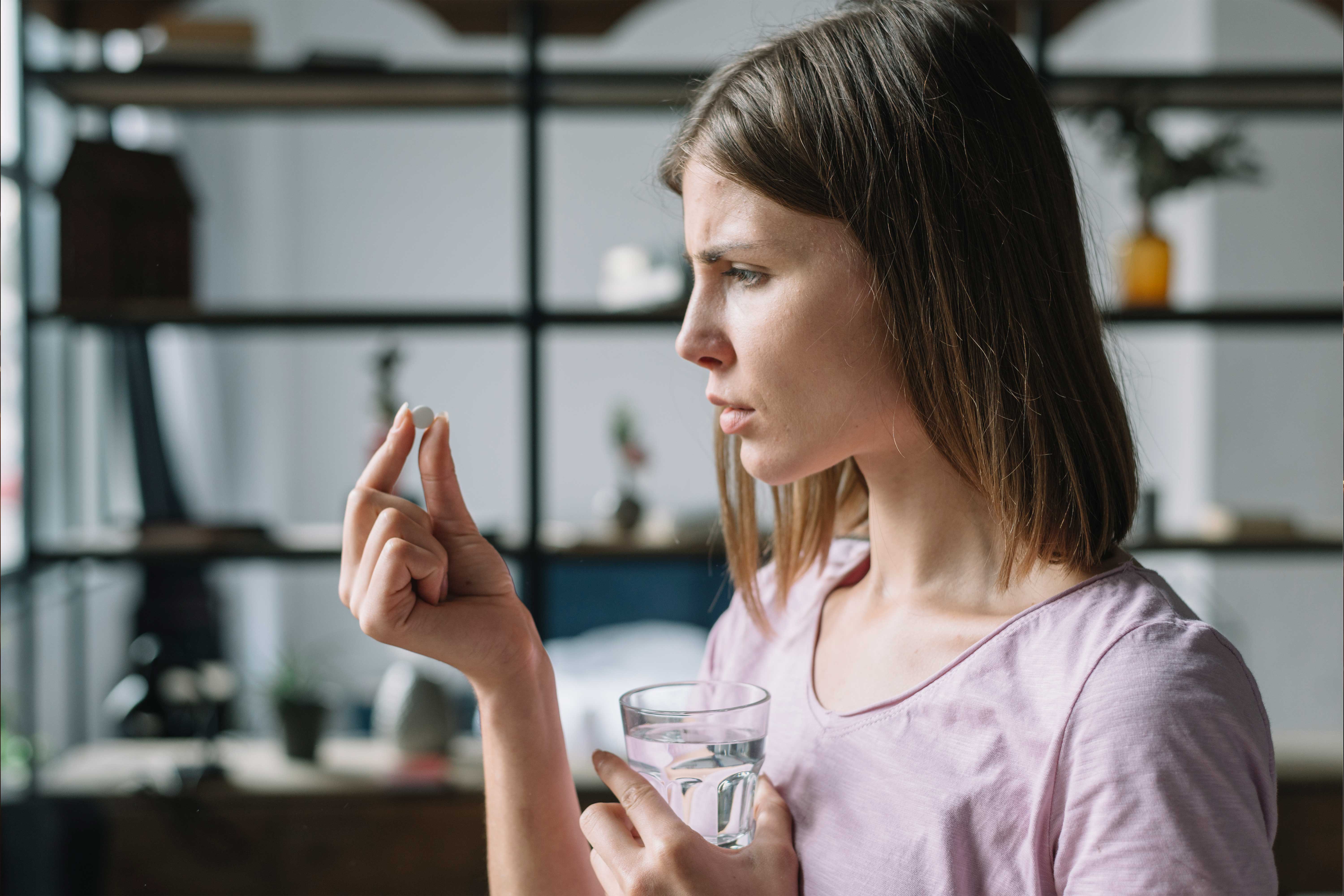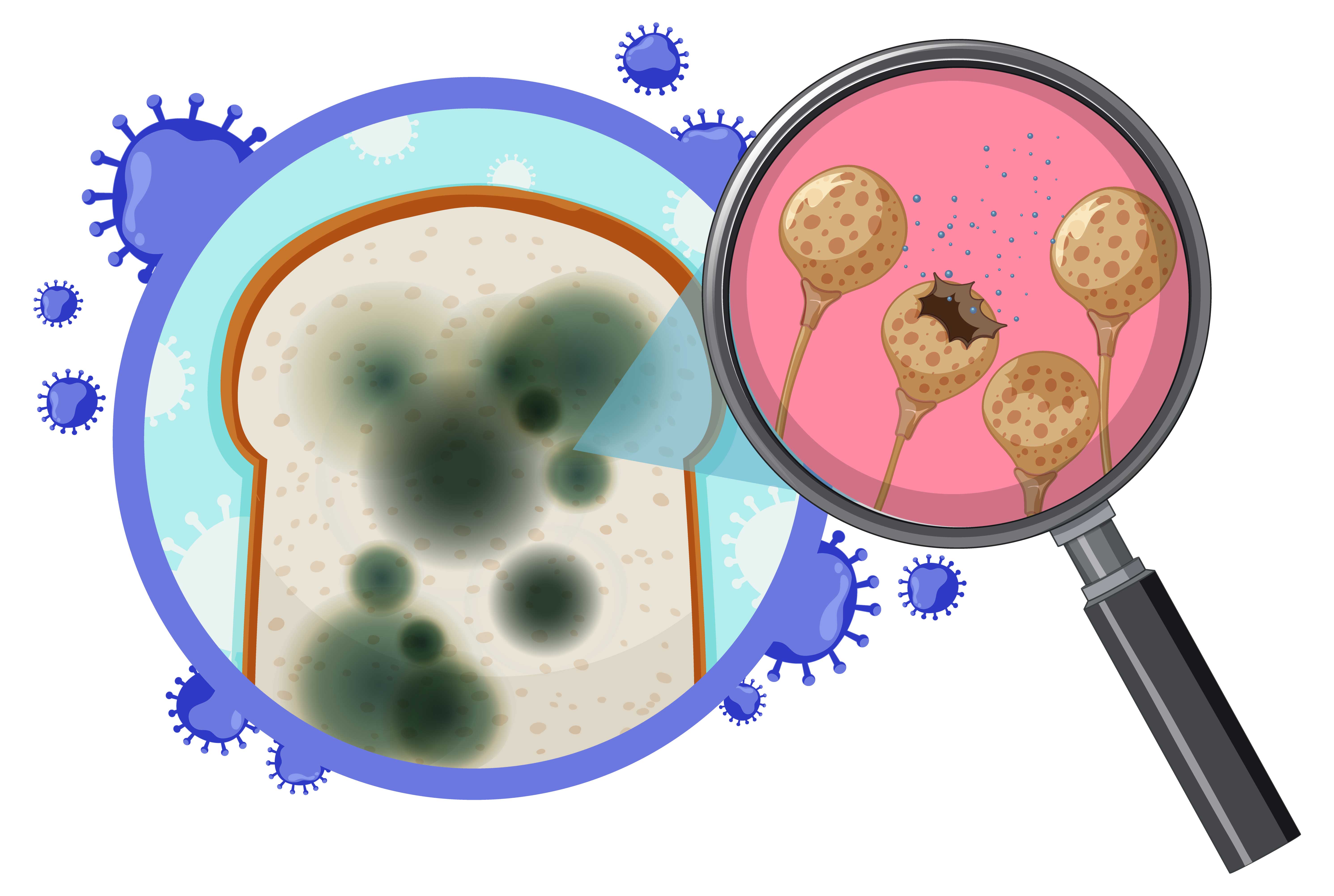INSOMNIA
"Insomnia is a condition in which a person can’t fall asleep during the time where others do."
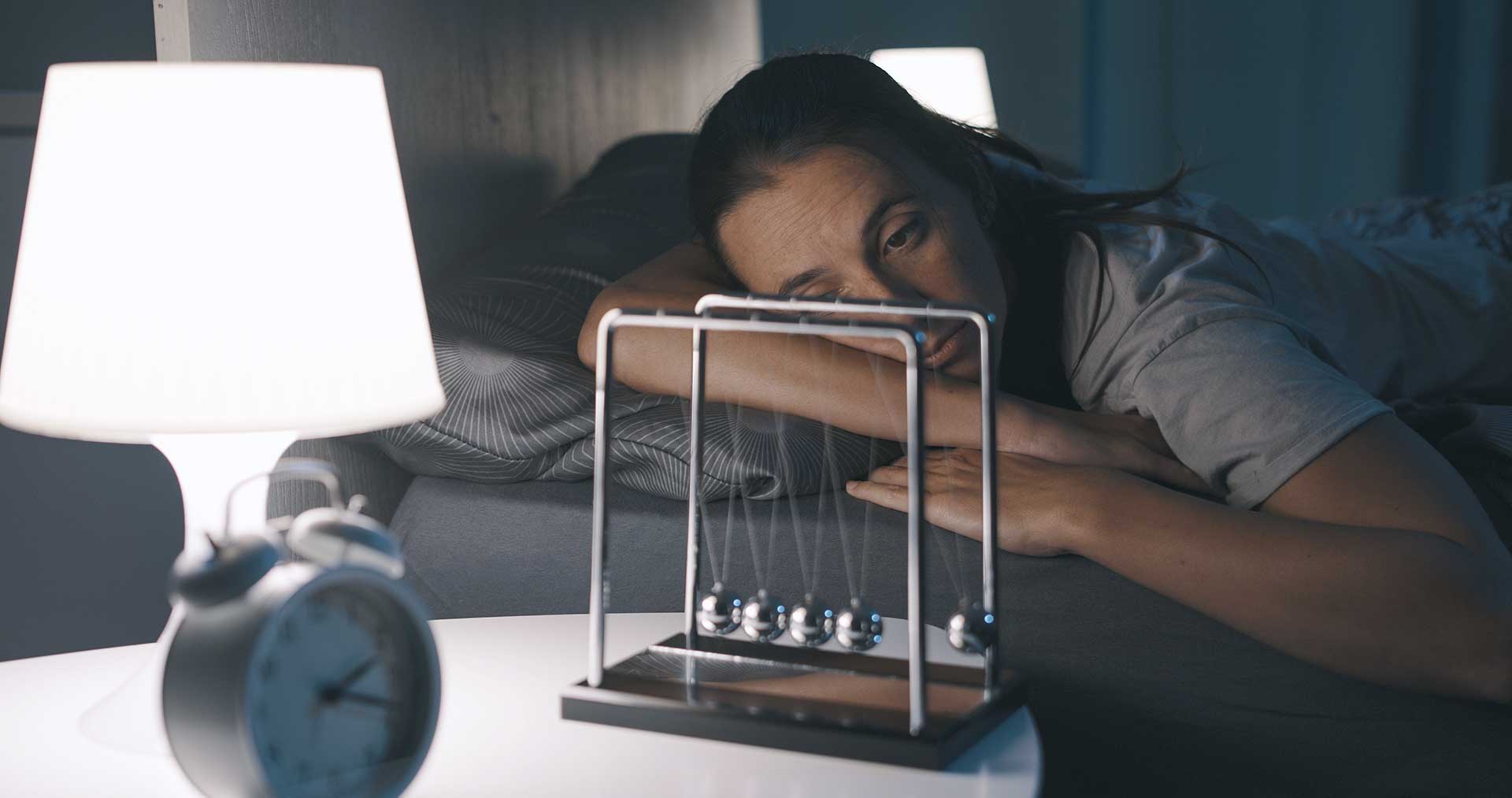
What is insomnia?
Insomnia diagnosis
Prevalence
Reasons of insomnia
Sex differences
Age differences
Treatment strategies
Summary
Aernout E,
et al., International study of the prevalence and factors associated with
insomnia in the general population.(2021).
https://www.ncbi.nlm.nih.gov/pubmed/33957414
Dean YE, et
al., Association between insomnia and the incidence of myocardial infarction: A
systematic review and meta-analysis.
(2023).
https://www.ncbi.nlm.nih.gov/pubmed/36841256
Enomoto M,
et al., Long-term use of hypnotics: Analysis of trends and risk factors.
(2020).
https://www.sciencedirect.com/science/article/pii/S016383431930502X
Hollsten I,
et al., Insomnia in the elderly: reported reasons and their associations with
medication in general practice in Denmark.
(2020).
https://doi.org/10.1080/02813432.2020.1753382
Ibanez V,
Silva J, and Cauli O, A survey on sleep assessment methods. (2018).
https://www.ncbi.nlm.nih.gov/pubmed/29844990
Jeon GH,
Insomnia in Postmenopausal Women: How to Approach and Treat It? (2024).
https://www.ncbi.nlm.nih.gov/pubmed/38256562
Li H, et al.
Anxiety and depression among patients with insomnia during the first wave and
the release of the COVID-19 in Northeast China: A cross-sectional survey. (2024).
https://www.ncbi.nlm.nih.gov/pubmed/38176447
Liu J-W, et
al., Location, Spreading and Oral Corticosteroids are Associated with Insomnia
in Vitiligo Patients: A Case–Control Study.
(2021). https://www.tandfonline.com/doi/abs/10.2147/CCID.S322963
Low TL, Choo
FN, and Tan SM, The efficacy of melatonin and melatonin agonists in insomnia –
An umbrella review. (2020). https://www.sciencedirect.com/science/article/pii/S0022395619309872
Macêdo PJOM,
et al., Insomnia in people with epilepsy: A review of insomnia prevalence, risk
factors and associations with epilepsy-related factors. (2017). https://www.sciencedirect.com/science/article/pii/S0920121116304120
Muhammad T,
Gharge S, and Meher T, The associations of BMI, chronic conditions and
lifestyle factors with insomnia symptoms among older adults in India. (2022). https://www.ncbi.nlm.nih.gov/pubmed/36108066
Narisawa H,
et al., Prevalence, symptomatic features, and factors associated with sleep
disturbance/insomnia in Japanese patients with type-2 diabetes. (2017). https://www.tandfonline.com/doi/abs/10.2147/NDT.S134814
Riemann D,
et al. Sleep, insomnia, and depression.
(2020). https://www.ncbi.nlm.nih.gov/pubmed/31071719
Tang Y, et
al., The Therapeutic Effect of Aromatherapy on Insomnia: a Meta-Analysis.
https://www.ncbi.nlm.nih.gov/pubmed/33839552
Van Someren EJW,
Brain mechanisms of insomnia: new perspectives on causes and consequences. (2021).
https://www.ncbi.nlm.nih.gov/pubmed/32790576
Walker J, et
al., Cognitive Behavioral Therapy for Insomnia (CBT-I): A Primer. (2022).
Zeng LN, et
al., Gender Difference in the Prevalence of Insomnia: A Meta-Analysis of
Observational Studies. (2020).
https://www.ncbi.nlm.nih.gov/pubmed/33329116






